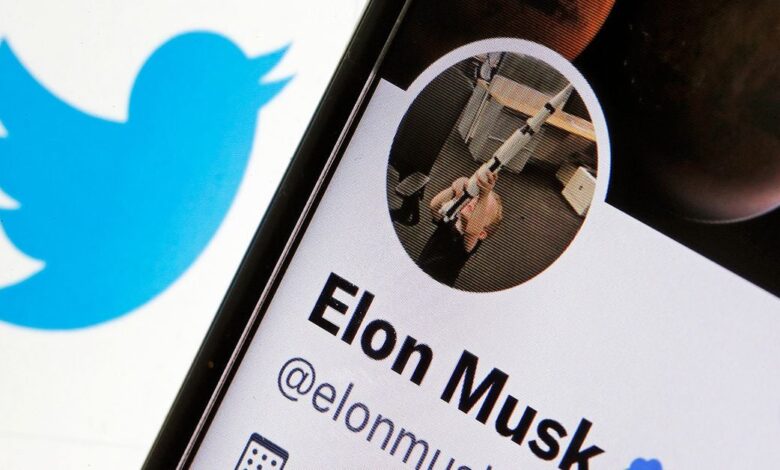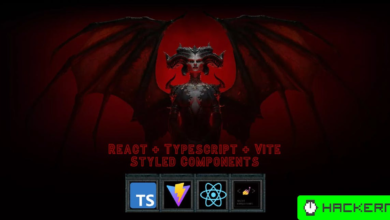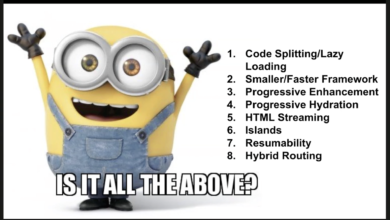How Elon Musk Could Decentralize Twitter and Give the Web Back to Everyone

Congrats on buying Twitter! We’ve been watching the process unfold with enthusiasm because of all the times you’ve mentioned the importance of decentralization. You and your team seem to have the vision to use this wonderful platform as the lever to kickstart a more mature and self-sovereign web.
With the right design, a decentralized Twitter would catalyze a new kind of internet – fundamentally changing the relationship between users and platforms. People could own the data they generate across applications across the web.
David Sneider is a co-founder of Lit Protocol, a decentralized cryptography network.
A look at Twitter’s (TWTR) product lines like profiles, posts, messaging system and advertising could provide insight into what the self-sovereign web would look like and how to go about onboarding people.
As we can tell from your texts with former Twitter CEO Jack Dorsey, it seems you believe Twitter today is lingering at the limits of the utility it can provide. To become more useful to users and develop further as a “protocol” rather than as a company, we can learn a lot from email.
Email is a protocol. You might be using Microsoft Office, Dorsey might be using Proton, and I’m on Gmail. We can all easily message one another and be on the same thread, but see and write our emails via different application interfaces (e.g. Outlook, Gmail).
This model can be expanded to social media using systems like Filecoin, Arweave, Ceramic and Polybase. Users’ connections and posts wouldn’t be confined to a single “walled garden” like Twitter or Facebook, but live on the open web. This data can still be private and permissioned (and therefore monetized) via threshold cryptography-powered access control (like what Lit is building).
On decentralized, user sovereign and privacy-focused social-media protocols, users will have the ability to consent to which applications and connections can see their content across interface platforms just like email.
One of the biggest hurdles in Web3 is wallet user experience. For some people, self-custody of keys is a privilege, but for many more, it’s a burden. As a result, in the past year, there’s been an explosion of interest in multiparty computation (MPC).
MPC wallets enable users to sign into apps with a traditional login, pin code and biometric with their wallets without the burden of self-custody or having to rely on a centralized key holder custodian.
For the parts of the social graphs that are public, like Twitter today, there are already a number of active projects that have created open-source infrastructure to help people own their data. Lens Protocol and Orbis, for instance, are live now.
Of course, not all social data is public. Often the basic components in social networking and media, like a person’s connections, profile info, posts and messages are private, meaning that they are viewable only to authorized people. Or, at least, it would be preferable to have that option.
Today, on Twitter, this data is largely locked within Twitter’s and Facebook’s servers. The alternative is to store this data encrypted on the open web and give the user fine-grained access control over who can decrypt it.
This isn’t a new idea in online social networking, and this system is sync with the early days of the web and the Pretty Good Privacy (PGP) encryption program still used by many. (PGP allows people to post their public key anywhere, to receive messages that only the private key holder can read.)
Threshold cryptography advances these privacy standards by allowing users to create rules around who can view their posts. And if decentralized social protocols are widely adopted, this encrypted data could then be used across “the open web.”
For example, Alice might make a post with a setting that says “anyone on my friends list can see this post.” Bob, Alice’s friend, could decrypt that post on any platform by proving his identity via a signature from his wallet.
Ads are often considered a dirty subject in certain Web3 circles, but the fact is only about 10% of internet users pay for premium apps and software. That means most people use software services with ads.
Tracking a “conversion” for a purchase is largely done via last-click attribution where the publisher (e.g. Twitter) has some software running on its page that indicates to the advertisers (e.g. an e-commerce store) that a user has clicked on an ad. When that person makes a purchase, the publisher is compensated.
This too can be decentralized. The system mentioned above for user data can also be applied to ad attribution. The ”last click” is written to a person’s data hub (encrypted and stored on the open web) as a verifiable credential and then the advertiser can get permission to decrypt this data.
As the world’s regulators continue to crack down on tracking cookies, bringing the user and his or her consent into the system for tracking ad clicks and conversions presents a long-term path forward for ad-supported publishers.
The decentralized networks to support global scale are still maturing, but there’s never been a better time to start laying the foundation. If you’re Elon Musk or another ambitious builder who’s got their eye on the future of social networking and media, please get in touch!



